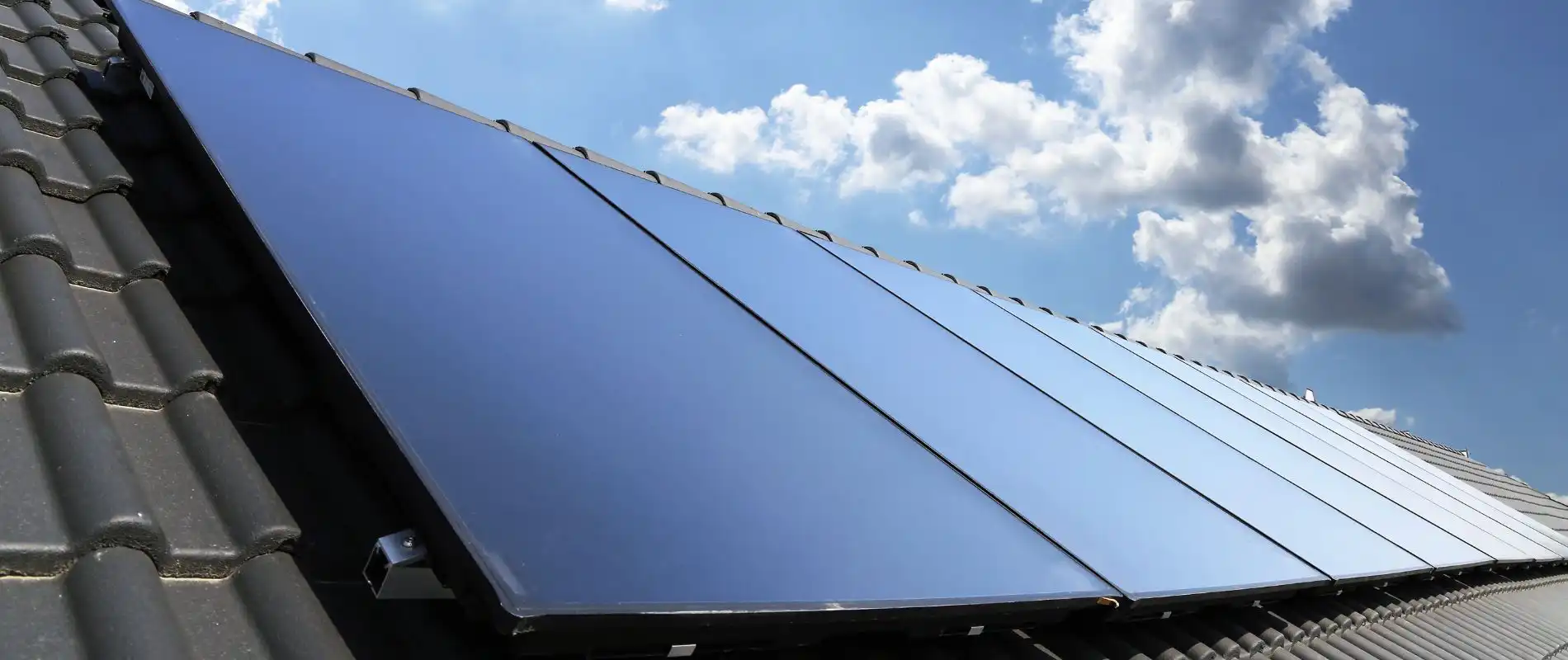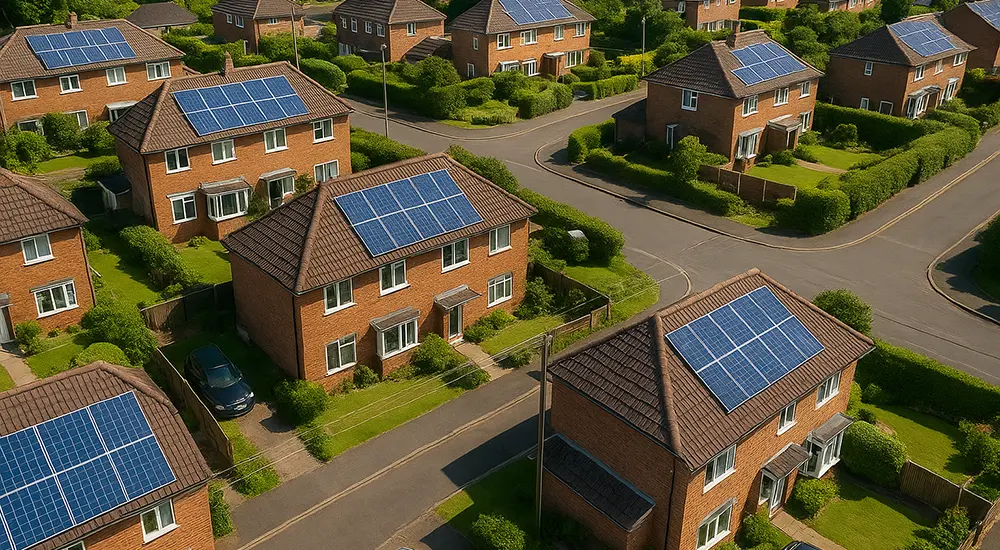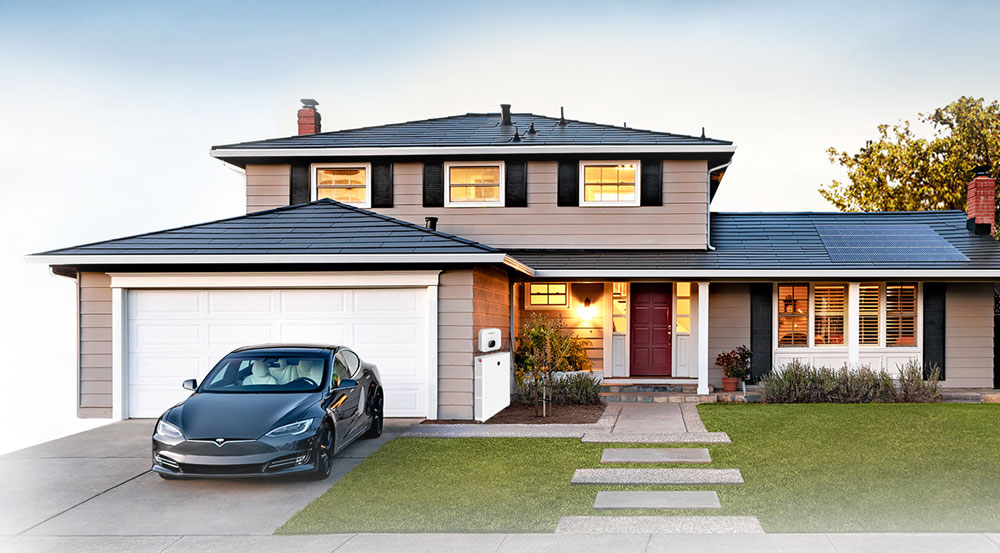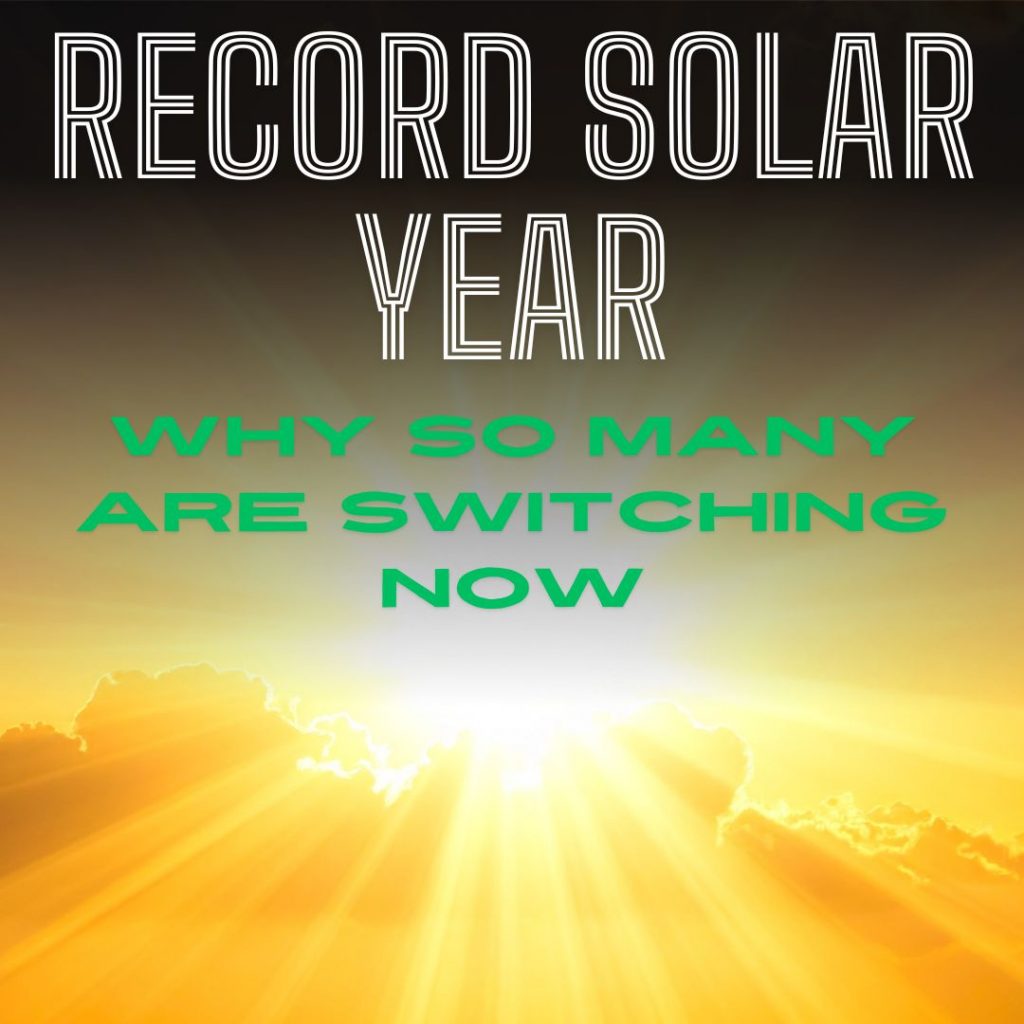2025 has officially become a record-breaking year for solar energy in the UK – and Essex is right at the centre of it. More homeowners than ever are fitting sleek solar panels and advanced battery systems like the Tesla Powerwall to cut bills, lock in energy security, and future-proof their homes.
According to the latest figures, the UK has already added over 2 gigawatts of new solar capacity this year – almost surpassing the total installed in 2024 – and the trend shows no signs of slowing down. From Norwich to Colchester, Essex rooftops are fast becoming miniature power stations.
But what’s behind this surge? Why are so many people making the switch right now?
Energy Prices Remain a Rollercoaster
While the energy price cap has finally stopped leaping around every quarter, bills remain stubbornly high. The average household still pays around 60% more for electricity than before the 2022 energy crisis, and the cost of grid power continues to creep upwards.

That uncertainty has pushed thousands of Essex homeowners to take control of their own energy. A typical solar array can supply 60–80% of a home’s annual electricity needs, drastically reducing dependence on grid power. And when you add battery storage into the mix, that number jumps even higher.
Solar users aren’t just saving money; they’re insulating themselves from future price shocks.
Battery Storage Has Changed the Game
 Not long ago, solar was limited by daylight hours. Panels produced power during the day, but at night you were back to paying full price for electricity. Enter the Tesla Powerwall – the device that’s completely changed how homeowners use solar.
Not long ago, solar was limited by daylight hours. Panels produced power during the day, but at night you were back to paying full price for electricity. Enter the Tesla Powerwall – the device that’s completely changed how homeowners use solar.
With the Powerwall (or other advanced battery systems such as Duracell or GivEnergy), you can store the excess energy your panels create during the day and use it later in the evening, overnight, or even during a power cut.
A single Tesla Powerwall 2 can store up to 13.5 kWh of energy, enough to run most homes for a full day without pulling from the grid. That means:
- You use more of your own renewable energy.
- You buy far less from your supplier.
- You can even charge your battery at night on cheap tariffs (like Octopus Go or Intelligent Flux) and use that stored power during peak-price hours.
0% VAT, Smart Export Tariffs, and Finance Options
If there was ever a perfect storm of incentives, this is it.
- 0% VAT still applies to both solar panels and battery installations, making them 20% cheaper than they were just a few years ago.
- Smart Export Guarantee (SEG) tariffs pay homeowners for every kilowatt they send back to the grid, typically around 15–20 p/kWh.
- Finance options mean many households can spread the cost over time, often paying less per month than their old energy bills.
For a standard Essex family home, the numbers stack up beautifully: a typical 10-panel (4 kW) system with a 10 kWh battery can save up to £1,000 per year, cutting carbon by around 1.5 tonnes.
Solar Technology Looks Better Than Ever
Gone are the days of clunky silver frames and bulky roof arrays. Modern panels are ultra-slim, all-black, and designed to blend seamlessly into any property, even conservation or listed buildings, with the right permissions.

Eco-Conscious Living Is Now Mainstream
Solar panels now increase property values, especially when paired with high-end systems like the Tesla Powerwall. Buyers love the idea of low running costs and green credentials.
The Numbers Don’t Lie: UK Solar Is Booming
The UK’s solar capacity jumped by 2 GW in the first half of 2025 – the strongest growth in a decade. Industry experts predict we’ll surpass 18 GW total by year-end, putting us well on track for the government’s 70 GW target by 2035.
A Greener Grid and Smarter Future
Solar isn’t just good for homeowners; it’s vital for the UK’s energy infrastructure. Every panel installed helps reduce the country’s reliance on imported fossil fuels and stabilises the grid.

The Rise of Energy Independence
With a well-designed solar + battery setup, homes can achieve up to 90% self-sufficiency. That means less reliance on suppliers, fewer surprises on your bill, and peace of mind during power outages.
Common Myths Busted
Myth 1: Solar panels don’t work in winter – False. Modern panels convert diffused light efficiently.
Myth 2: Batteries don’t last long – False. Tesla Powerwall batteries come with a 10-year warranty.
Myth 3: Planning permission is difficult – False. Most Essex homes qualify as permitted development.
Myth 4: It takes forever to pay off – False. Modern systems often pay back within 5–7 years.
Why Essex Is the Perfect Place for Solar
Essex is one of the sunniest counties in the UK! It boasts over 1,600 hours of sunshine per year. Combine that with a large number of detached and semi-detached homes, and you’ve got a recipe for solar success.
Looking Ahead: The Future of Home Energy
Expect smarter inverters, AI-driven energy management, and virtual power plants where homes share stored power with neighbours. As battery prices continue to fall and efficiency improves, more homes will go off-grid completely.

Final Thoughts
The record-breaking solar boom of 2025 isn’t a flash in the pan – it’s the new normal. With energy costs still unpredictable, battery storage more affordable than ever, and incentives at an all-time high, there’s never been a better time to switch to solar.
For more information or a quote email us at info@nano-pro.tech, fill in our online form here, or give us a call on 0800 861 1582.

